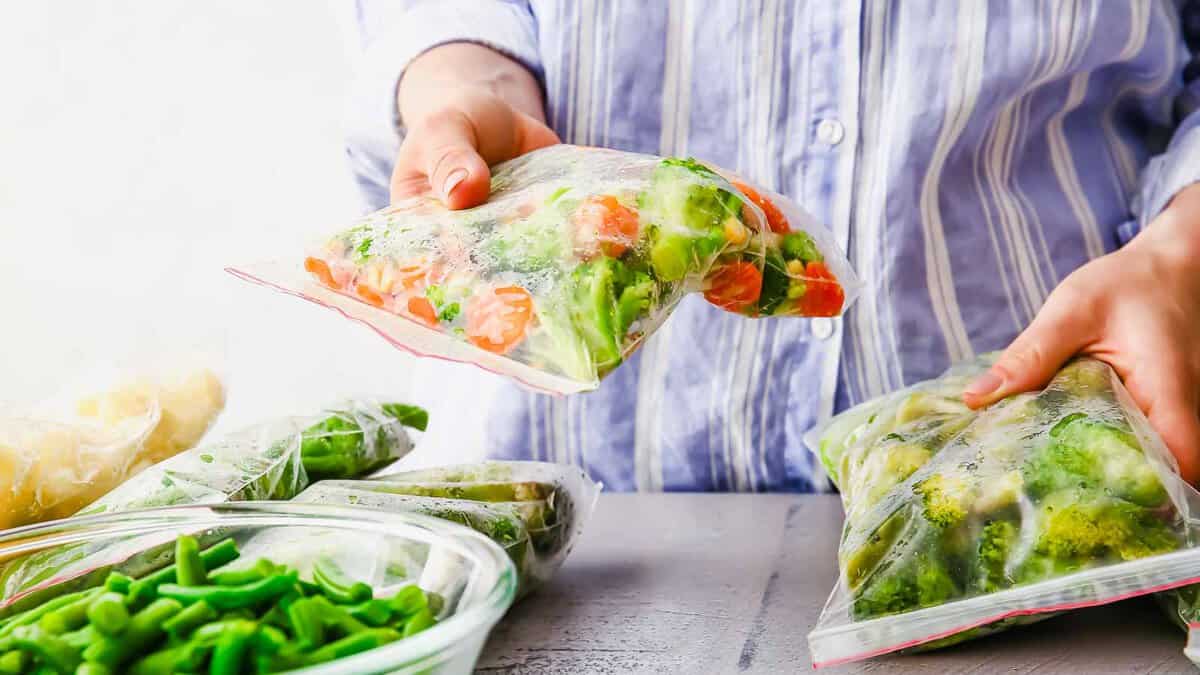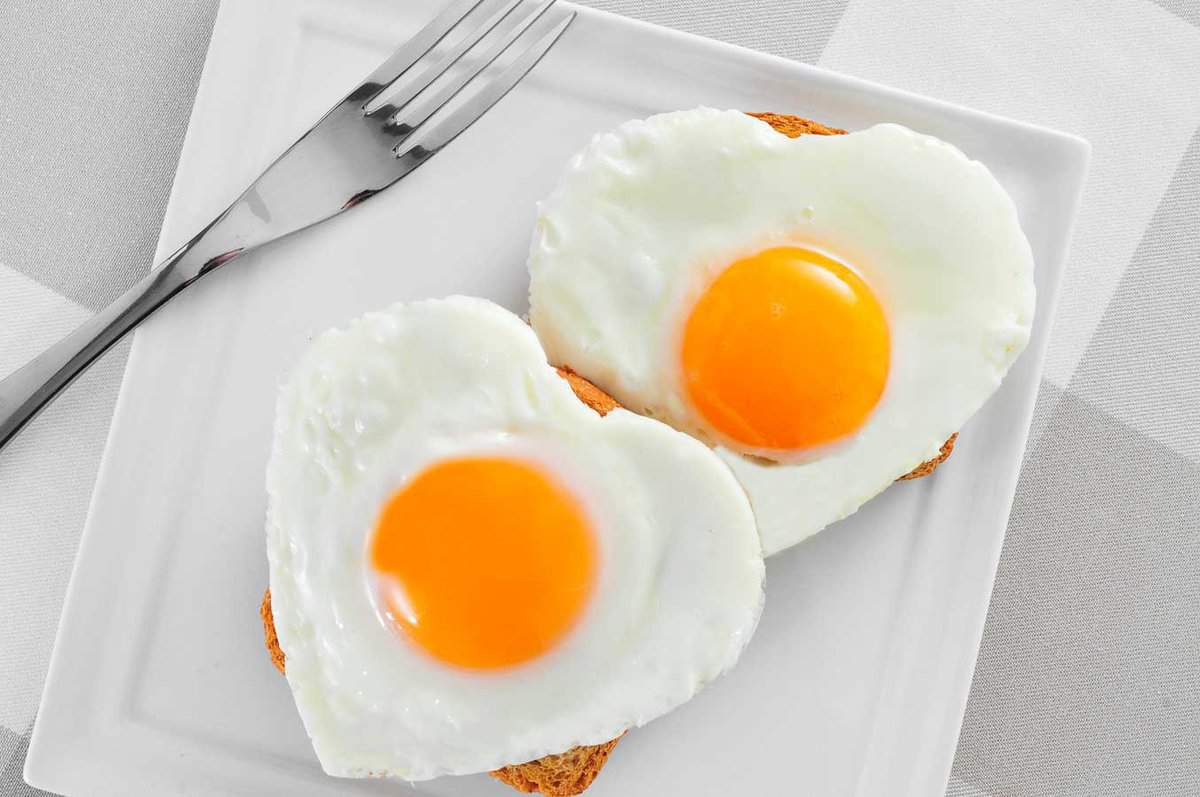Kitchen rules were made to be broken—or at least questioned. Some cooking habits that were once standard have been debunked by modern techniques or simply outlived their usefulness. Instead of sticking to outdated instructions that complicate your time in the kitchen, it’s worth reassessing what actually makes sense. Cooking should be about efficiency, flavor, and creativity, not unnecessary steps or rigid guidelines. Here are some long-standing kitchen rules that deserve a spot in the “ignore” column.

Always Sift Your Flour


Sifting flour was essential when milling left clumps or impurities. Modern flour is finely milled and consistent, so sifting is rarely necessary. Unless making delicate baked goods like soufflés or angel food cake, skipping this step saves time without compromising results. If a recipe calls for “aerated flour,” whisking with a fork works just as well.
Never Add Salt to Pasta Water Early


The idea that salt delays boiling or damages cookware is a myth. Salted water actually improves pasta flavor as it absorbs seasoning while cooking. The amount of salt you add should make the water “taste like the sea,” ensuring the pasta doesn’t come out bland. Plus, the amount of salt required won’t harm stainless steel pots.
Always Peel Vegetables


Peeling may remove bitterness in some veggies, but in most cases, the skin adds texture, nutrients, and flavor. Skins on carrots, potatoes, and even cucumbers contain fiber and antioxidants. Simply scrub them clean. This reduces prep time and food waste while boosting your dish’s nutritional value. Plus, unpeeled veggies hold their shape better in stews and roasts.
Use Fancy Ingredients for Stock


Stock thrives on scraps—onion skins, celery tops, and leftover chicken bones. Fancy fresh ingredients aren’t necessary since long simmering extracts maximum flavor from minimal ingredients. This not only cuts grocery costs but reduces food waste. The beauty of stock lies in turning kitchen scraps into rich, flavorful broths for soups, risottos, or sauces.
Only Cook with Unsalted Butter


The preference for unsalted butter assumes better salt control in recipes, but this rule overcomplicates things. Salted butter brings seasoning that’s often welcome in savory dishes or quick baking projects. The salt content in butter is minimal and can easily be adjusted later. For long recipes, the difference is virtually unnoticeable.
Follow Exact Measurements in Cooking


Unlike baking, which relies on precision, cooking is flexible. Over-reliance on exact measurements can limit creativity and adaptability. Recipes should act as guides rather than strict rules. Taste as you go, adjust spices and seasonings, and focus on balancing flavors to match your preferences and available ingredients.
Never Use Frozen Ingredients


Frozen produce has come a long way. It’s often flash-frozen at peak ripeness, preserving nutrients better than some “fresh” foods that have traveled long distances. Frozen peas, spinach, and berries are excellent substitutes and save time on prep. Plus, they reduce food waste by staying good longer than fresh options.
Always Rinse Your Rice


While rinsing rice can remove surface starch, which prevents clumping, it’s not always necessary. For recipes like risotto or sushi, starch is desirable for creaminess or stickiness. For fluffy rice, rinsing can help, but skipping it won’t ruin your dish. Consider the dish and experiment based on your preferences.
Don’t Open the Oven While Baking


While excessive opening can drop oven temperature, modern ovens recover heat quickly. Peeking in during the latter stages of baking helps you catch issues like over-browning or undercooking. A quick glance or turning the oven light on ensures you get the results you want without compromising the bake.
Always Use Nonstick Pans for Eggs


Nonstick pans aren’t the only option for eggs. Cast iron or stainless steel, when preheated and oiled properly, cook eggs beautifully without sticking. Nonstick pans wear down over time, releasing chemicals like PFOA at high heat, which can affect health and durability. Branching out to other pans can enhance flavor and last longer.
Why Are We Still Following These 12 Outdated Food Rules?


Some food rules just don’t hold up anymore, yet they still linger in our daily routines. With advancements in nutrition science, a lot of what we were taught about eating has changed, but many people are still following outdated advice. These rules often create unnecessary restrictions and confusion about how we should be fueling our bodies. It’s time to let go of the food myths that no longer make sense and focus on a more balanced, flexible approach to eating.
Read it Here: Why Are We Still Following These 12 Outdated Food Rules?
Our Parents’ Kitchen Hacks That Still Work Today


Looks like our parents and grandparents knew a thing or two about running a kitchen! Their clever tricks and simple hacks are still just as useful today. From keeping produce fresh to making meal prep easier, these timeless tips bring a touch of those simpler times into our busy lives without the need to order a new gadget off Amazon.
Read it Here: Our Parents’ Kitchen Hacks That Still Work Today
*Select images provided by Depositphotos.
Gina Matsoukas is an AP syndicated writer. She is the founder, photographer and recipe developer of Running to the Kitchen — a food website focused on providing healthy, wholesome recipes using fresh and seasonal ingredients. Her work has been featured in numerous media outlets both digital and print, including MSN, Huffington post, Buzzfeed, Women’s Health and Food Network.


